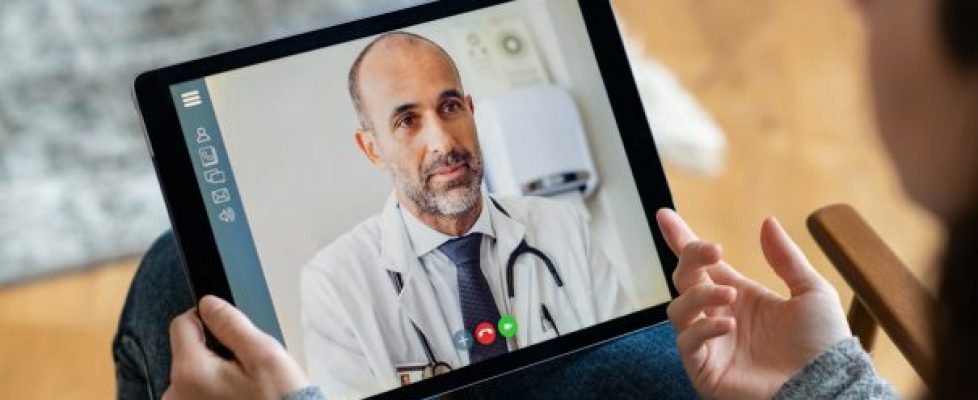As COVID-19 cases swell, US extends telehealth to acute care
The US government has introduced a scheme to allow hospitals to reduce the number of inpatients they see through a telehealth platform that would helps deliver acute care at home.
The move comes as the number of new cases of COVID-19 have been climbing to around 180,000 a day, with deaths since the start of the pandemic now rising above 260,000, and concerns that some hospitals could become overwhelmed over the winter months.
The Centres for Medicare & Medicaid Services (CMS) announced the plans as part of broad plan to free up hospital capacity amid the COVID-19 surge, although it stressed patients won’t have to use the service unless they want to, and the first assessment by a physician must take place in person.
It said that treatment for more than 60 different acute conditions, including asthma, heart failure, pneumonia and chronic obstructive pulmonary disease (COPD), can be carried out “appropriately and safely in home settings with proper monitoring and treatment protocols.”
The new telehealth scheme applies to patients with conditions that require at least daily visits by a physician and ongoing medical team monitoring.
Six health systems across the country have already been approved to participate in the programme, getting the necessary Medicare waivers to allow them to treat patients at home.
They are Brigham and Women’s Hospital in Massachusetts, Massachusetts General Hospital, Huntsman Cancer Institute in Utah, Mount Sinai Health System in New York City, Presbyterian Healthcare Services in New Mexico, and Iowa’s UnityPoint Health.
Participating hospitals must have screening protocols in place before care at home begins, to assess that patients have access to working utilities, ensure there are no other physical barriers to care, and rule out welfare concerns such as a risk of domestic violence.
The US healthcare system has rapidly adopted telehealth and remote patient monitoring during the response to the coronavirus pandemic, with some suggesting it will transform the future of health care delivery, although there are dissenting voices.
In March 13, President Trump made an emergency declaration that empowered the CMS to issue waivers to Medicare programme requirements to support healthcare providers and patients during the crisis.
Since then, the CMS has added dozens of services to the list of telehealth services it will reimburse during the public health emergency, including emergency department visits, initial nursing facility and discharge consultations, home visits, and physical, occupational and speech therapy services.
Some of the changes have found their way into the proposed 2021 Physician Fee Schedule, which will make reimbursement for some telehealth and digital services permanent.
“We’re at a new level of crisis response with COVID-19 and CMS is leveraging the latest innovations and technology to help healthcare systems that are facing significant challenges to increase their capacity to make sure patients get the care they need,” said CMS Administrator Seema Verma.
“With new areas across the country experiencing significant challenges to the capacity of their health care systems, our job is to make sure that CMS regulations are not standing in the way of patient care for COVID-19 and beyond,” she added.

